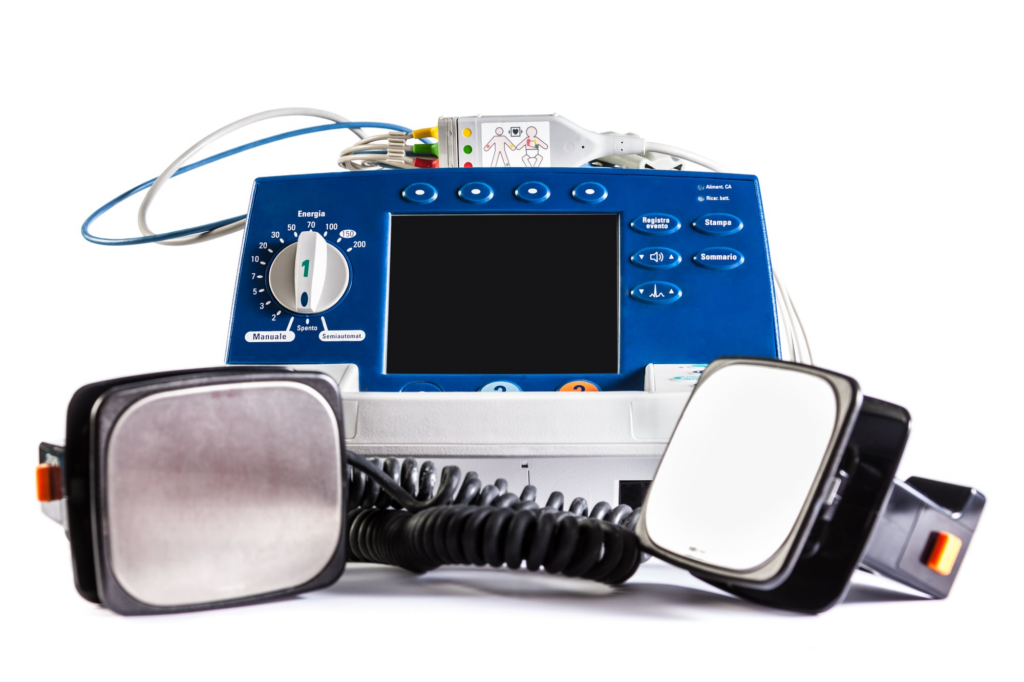
Introduction
In a world where medical advancements continue to reshape the landscape of healthcare, one technology stands out as a true life-saver: defibrillation. This article will delve into the fascinating world of defibrillation, exploring its history, mechanisms, importance, and its critical role in emergency medical situations.
Understanding the Basics
Before we jump into the details, let’s start with the fundamentals of defibrillation.
What is Defibrillation?
Defibrillation is a medical procedure that involves delivering an electric shock to the heart to restore its normal rhythm. It is primarily used to treat life-threatening conditions such as ventricular fibrillation and pulseless ventricular tachycardia. These conditions can lead to cardiac arrest if not addressed promptly.
A Historical Perspective
To truly appreciate the significance of defibrillation, it’s essential to take a step back in time.
The Early Days
Defibrillation has come a long way since its inception. The concept of using electricity to stimulate the heart was first introduced in the late 18th century. However, it wasn’t until the 20th century that significant advancements were made.
The Emergence of Portable Defibrillators
One of the most significant milestones in defibrillation history was the development of portable defibrillators. These devices made it possible to administer life-saving shocks outside of a hospital setting, drastically improving survival rates.
How Defibrillation Works
Now, let’s explore the inner workings of this life-saving procedure.
Electrical Impulses
During defibrillation, electrodes are placed on the patient’s chest. These electrodes deliver a controlled electric shock to the heart. The shock interrupts the chaotic electrical activity in the heart, allowing it to reset and reestablish a normal rhythm.
Automated External Defibrillators (AEDs)
In recent years, Automated External Defibrillators (AEDs) have gained widespread popularity. These user-friendly devices are designed for non-medical personnel and provide clear, step-by-step instructions on how to use them in an emergency.
The Importance of Timely Intervention
When it comes to defibrillation, timing is everything.
The “Golden Window”
Medical experts emphasize the importance of early defibrillation. The “golden window” for successful defibrillation is within the first few minutes of a cardiac arrest. For every minute that passes without defibrillation, the chances of survival decrease significantly.
Beyond Cardiac Arrest
Defibrillation isn’t limited to cardiac arrest scenarios alone.
Implantable Cardioverter Defibrillators (ICDs)
Some individuals with specific heart conditions are at risk of life-threatening arrhythmias. In such cases, doctors may recommend implantable cardioverter defibrillators (ICDs). These devices continuously monitor the heart’s rhythm and deliver shocks when necessary.
The Future of Defibrillation
As technology continues to advance, so does the field of defibrillation.
Remote Monitoring
Researchers are exploring the possibility of remote monitoring for individuals with ICDs. This would allow healthcare providers to assess the patient’s heart rhythm and make adjustments without the need for frequent in-person appointments.
Conclusion
Defibrillation has come a long way since its early days, evolving into a critical life-saving procedure. Its history is marked by innovation, with portable defibrillators and AEDs making it accessible to more people than ever before. The importance of early intervention cannot be overstated, as every minute counts in a cardiac emergency. As technology continues to advance, the future of defibrillation holds exciting possibilities for improving patient outcomes and saving more lives.
